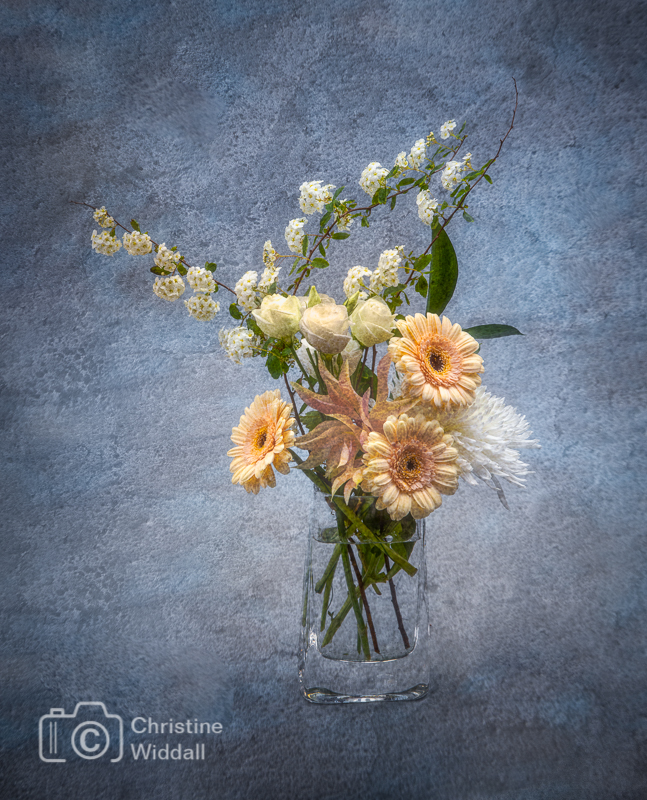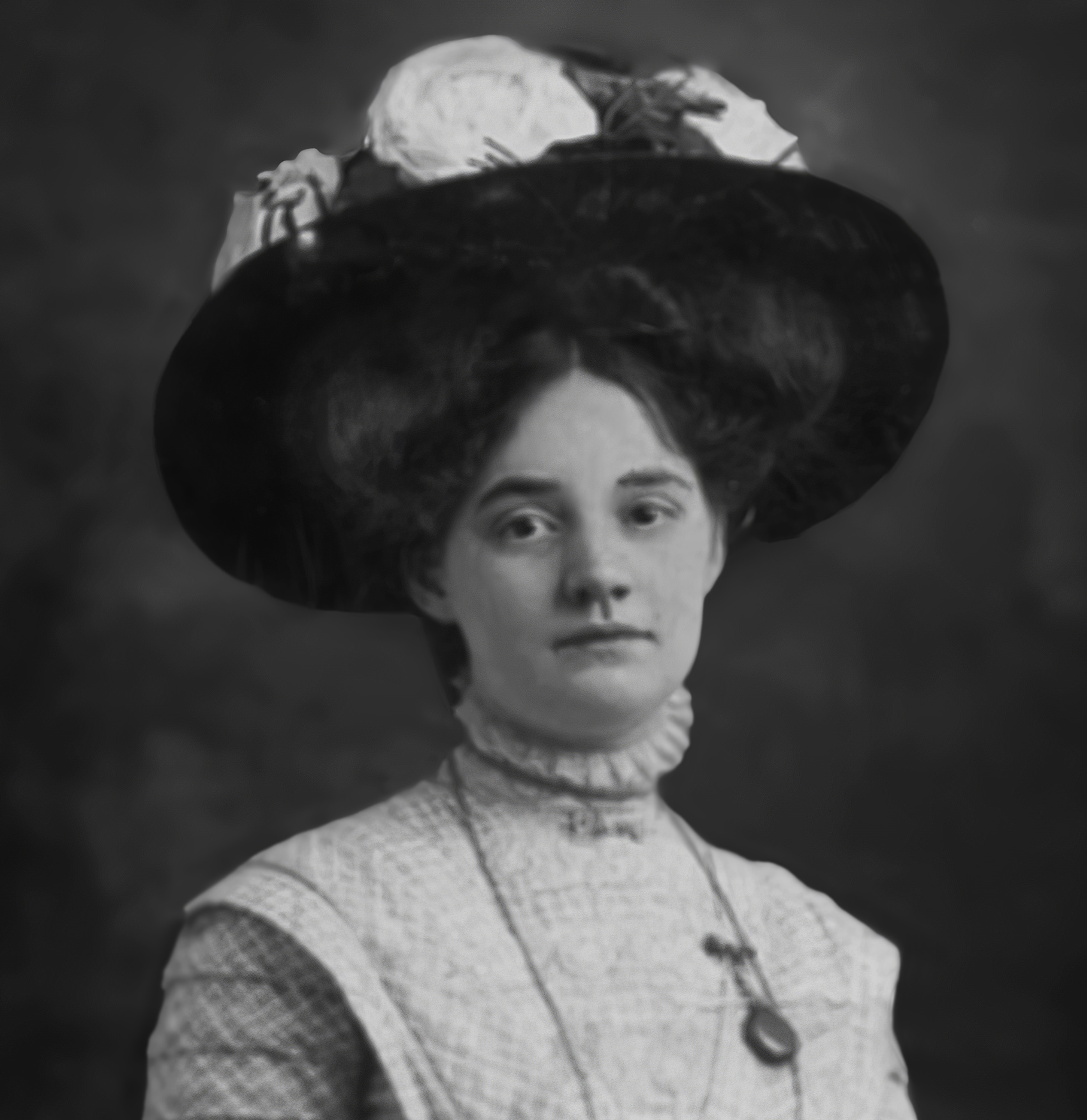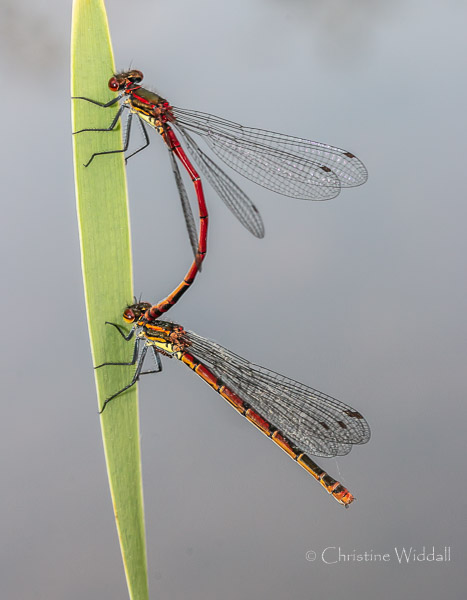Garden Bird Photography in Lockdown
In week three of coronavirus lockdown, we had sorted out the most urgent of our needs, enough that I could spend some time trying to force the garden in some sort of shape – there is still much to do, but there is some sense of achievement in at least making a little progress.
This task underway, I started to become motivated to set myself some photographic challenges at home. Our garden doesn’t attract many insects at this time of year, because we have no flowers, just foliage and grass and I have only seen one butterfly flitting by, so I decided to set up my bird hide instead.
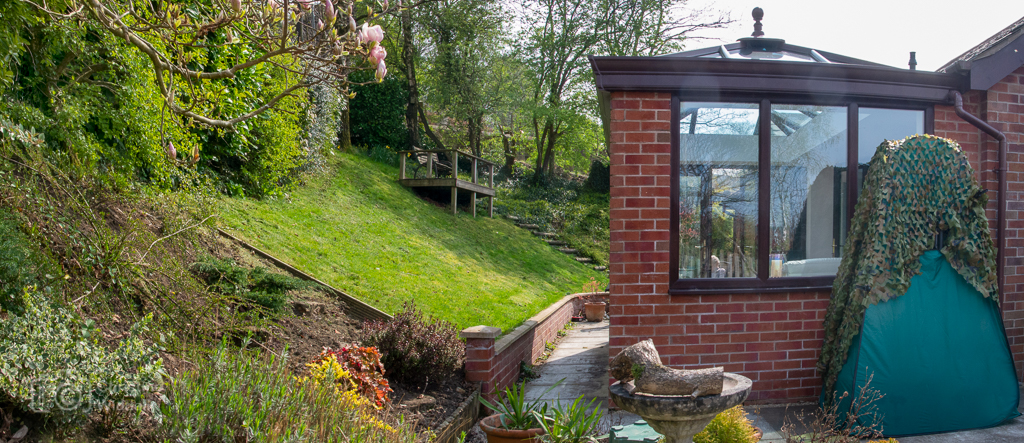
Our garden is not easy for bird photography…we have plenty of it, but the majority, round 3 sides of the house, is steeply sloped and I have only two possible places to site a hide on level ground. The first is in the wrong position for the light and the birds won’t feed there anyway…the second is on a small paved area to the north side of the conservatory. Plenty of folk like to offer advice on where to site a hide…but they haven’t seen our garden, so the hide goes on the level 12 feet square patio…end of story!
As you see, my bird hide is a simple camping toilet/changing tent, which I have covered with camo netting – the tent was originally £16 from Ebay a few years back. Inside, it fits a garden chair, a tripod, an upturned plastic box for a coffee table, a pocket in the side to hold snacks (for me, not the birds) and, of course, one photographer, sitting or standing. I’ve taken the mesh out of the ventilation window and it’s just about the right height for the camera to poke through, or you can use the doorway partly zipped up. The scrim camouflage (bought on Ebay) is probably not necessary, but it does cover the part of the window not in use and hides me a little better.
I’ve had my tent for a few years and you can now buy one in a camouflage material at £18.99 from Ebay, though the birds don’t seem to mind plain green. These tents are a fraction of the cost of a pop-up bird hide and fine for occasional use. Unfortunately, they also catch the wind, so they need to be firmly pegged or weighted down.
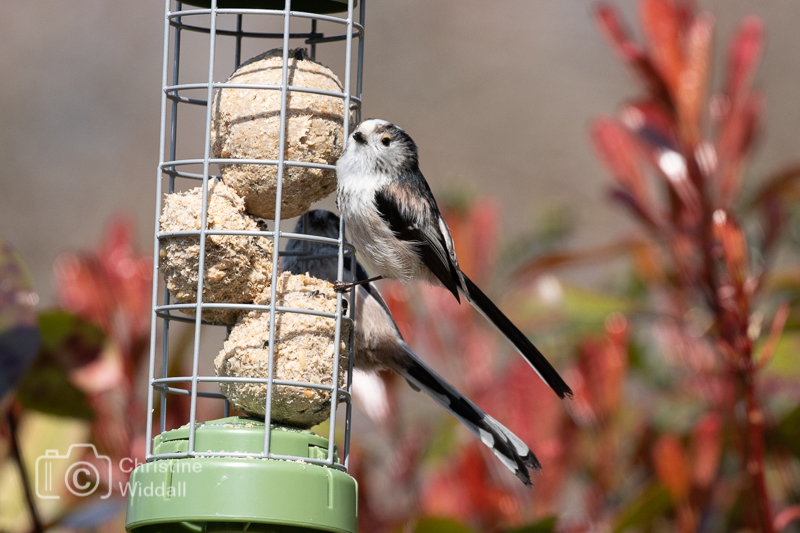
From this position, we love our neighbours’ hedge of red robin and holly bushes, which is very pretty but makes out-of-focus photographic backgrounds more of a challenge because of its proximity…there is also a fence and I will have to think how to disguise that…the bird perches need to be further from the fence to give me a chance to blur the backgrounds, but then the birds become too close to the camera, as I only have 12 feet between me and the fence. On the plus side, the area does attract quite a few birds to the feeders, so I’ll have to compromise…possibly shooting up above the hedge for some subjects.

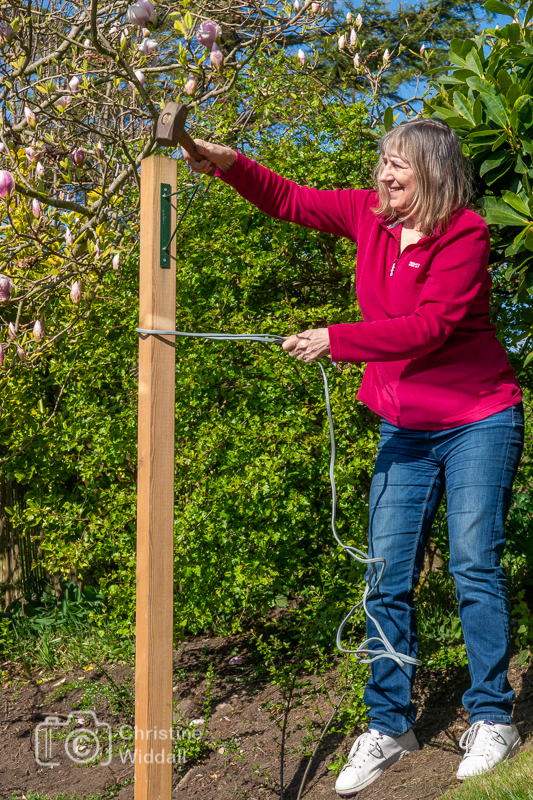
A second feeder, to the south of the conservatory had attracted only one pair of dunnocks through the winter – otherwise, the food mostly just rotted in the container, so I moved the post to a new site closer to the other feeders and it now attracts all the birds to it…are they fickle or what? It seems the birds like to sit in the magnolia tree and fly to the feeders from there, so who am I to argue? Let them have what they want.
Next I set up some perches close to the feeders. The idea is that the birds queue up on the perches waiting for the feeder to become free. In practice we don’t have enough birds to form a queue but, with a bit of trial and error, I have managed a few quite pleasant, if a little basic, bird on stick photos…enough to please me for now (and to keep me sane)…and am trying to capture birds in flight. Something I have been advised to improve is the variety of perches I use and to change them frequently…so a hunt is under-way for flowering branches and moss covered sticks…anything that will make the photographs more pictorial.
Here are my favourites from the past few days.
Gallery
Making a reflection pool
Now for the next challenge – a reflection pool. For that, you need a watertight shallow container, preferably black, and a well-lit place to site it. My first attempt used a large print developing tray, but it was really too small and was quickly demolished by our resident wood pigeons, who decided it was a place to engage in mating rituals. They are heavy and clumsy and the logs I had put in were not heavy enough or well enough anchored to withstand the onslaught. It’s the start of a learning curve!
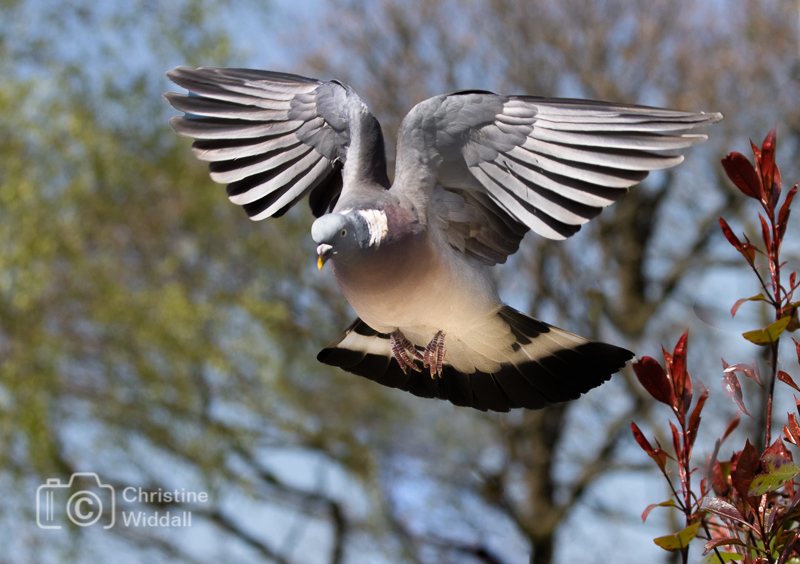
Reading an excellent blog post by colleague Roger Hance, gave me some ideas. He used a long gardeners’ drip tray for his pool. There are various garden trays and builders’ mixing trays available that will suit the purpose, but we are in lockdown, the stores are closed and deliveries are, in many cases, seriously held up, as businesses struggle to cope with on-line supply and delivery during this Covid-19 crisis.
At such times, lateral thinking is required. Buried somewhere in the garage was a boot-tray from my old car. I had kept it, as you do, thinking it might fit my new car, but it didn’t, so it was awaiting disposal. It is made from a thin but fairly dense foam and is watertight, so I thought I might as well give it a try.
I piled up some stones behind it, cut up a log for the foreground and dug up some gravel to put in the tray. All the materials were found in the garden. An hour later I had a reflection pool, sited on our old picnic table in front of the hide. A couple of broken tiles at one end, under the table’s feet, levelled it up enough…then a couple of watering cans of water filled the pool.
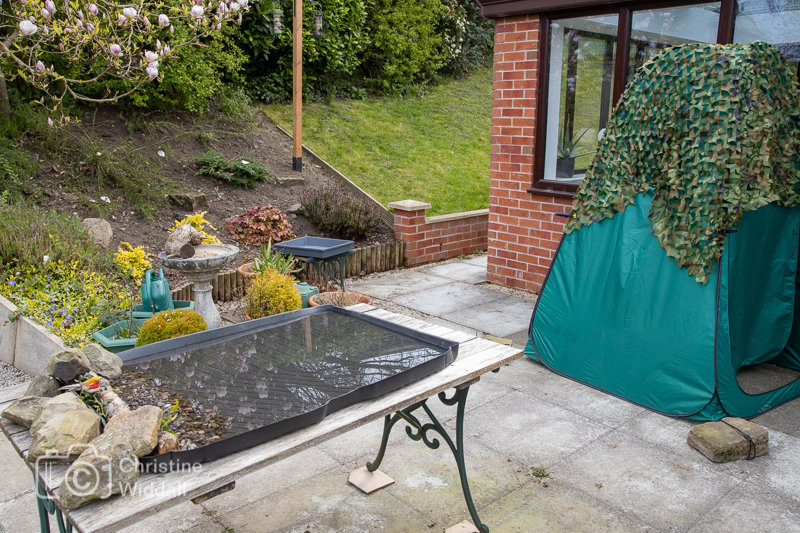
I didn’t fancy waiting hours for a bird, so I found a tame bird made out of polystyrene and did a test shot. Hey-presto, a perfectly situated bird, good reflection and out of focus background. The test worked out pretty well.
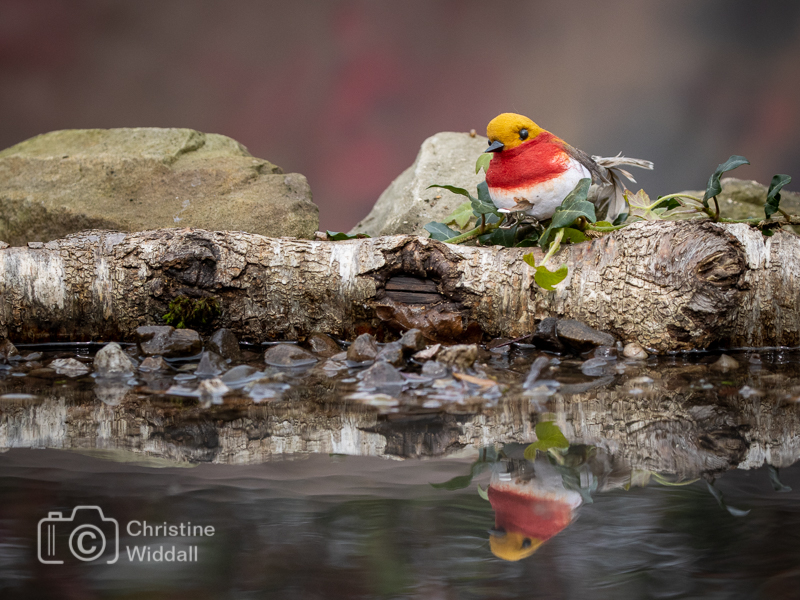
Now I moved some of the feeders to encourage the birds to find food near the pool…and put some suet/seed cakes in the gaps between the rocks and the log. Now that I have the beginning of a set up, I can refine it further.


Update 19th April
Two weeks into the bird project and I have found a few mossy logs on a walk from home. I’ve now set up a post secured by a Christmas tree tripod base and I can tie interesting pieces of branches and logs to it. The first evening the great tits took to it straight away.
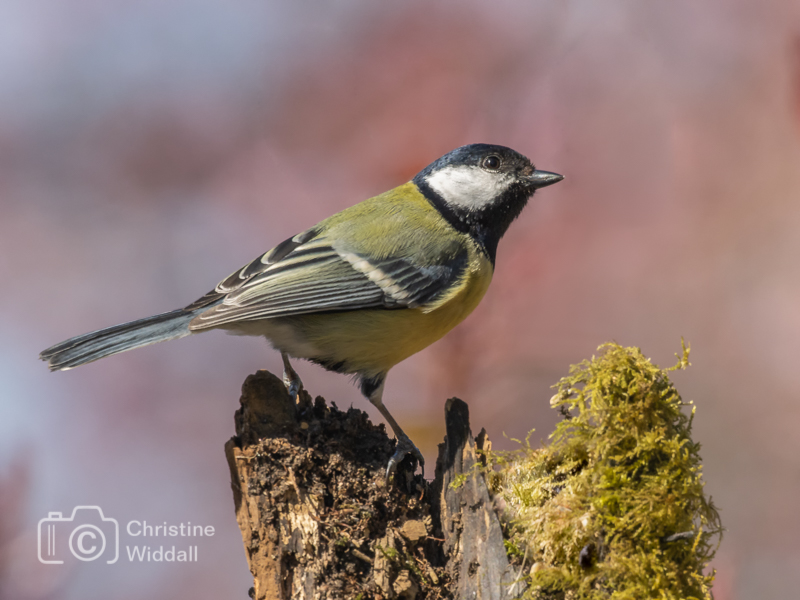

The number of birds visiting the feeders is quickly diminishing as they find more insects to eat and the hens will be busy sitting on their eggs, but I am hopeful that, if I leave my set-up in place, I may have the opportunity for more shots over the weeks to come, before the birds enter their next moulting period.
© Christine Widdall 2020
